Tubeworm culture in research
Last week, we mentioned polychaete species that are relatively mobile in the sediment. Today, we shift the focus to a tubeworm species and its larval culture.
Tubeworms are sessile worms that build their homes (tubes) around their bodies. The tubes are usually attached to a fixed substrate. Some tubeworms can grow to large sizes. For example, Riftia pachyptila is one of the largest known tubeworms that can grow up to 1.5m in length, 4mm in diameter. It is found on the deep-sea floor at hydrothermal vents that are rich in hydrogen sulphide.
In Singapore, we commonly have smaller tubeworms. Most of them can be found in large numbers on mangroves, jetties, and even underneath boats.
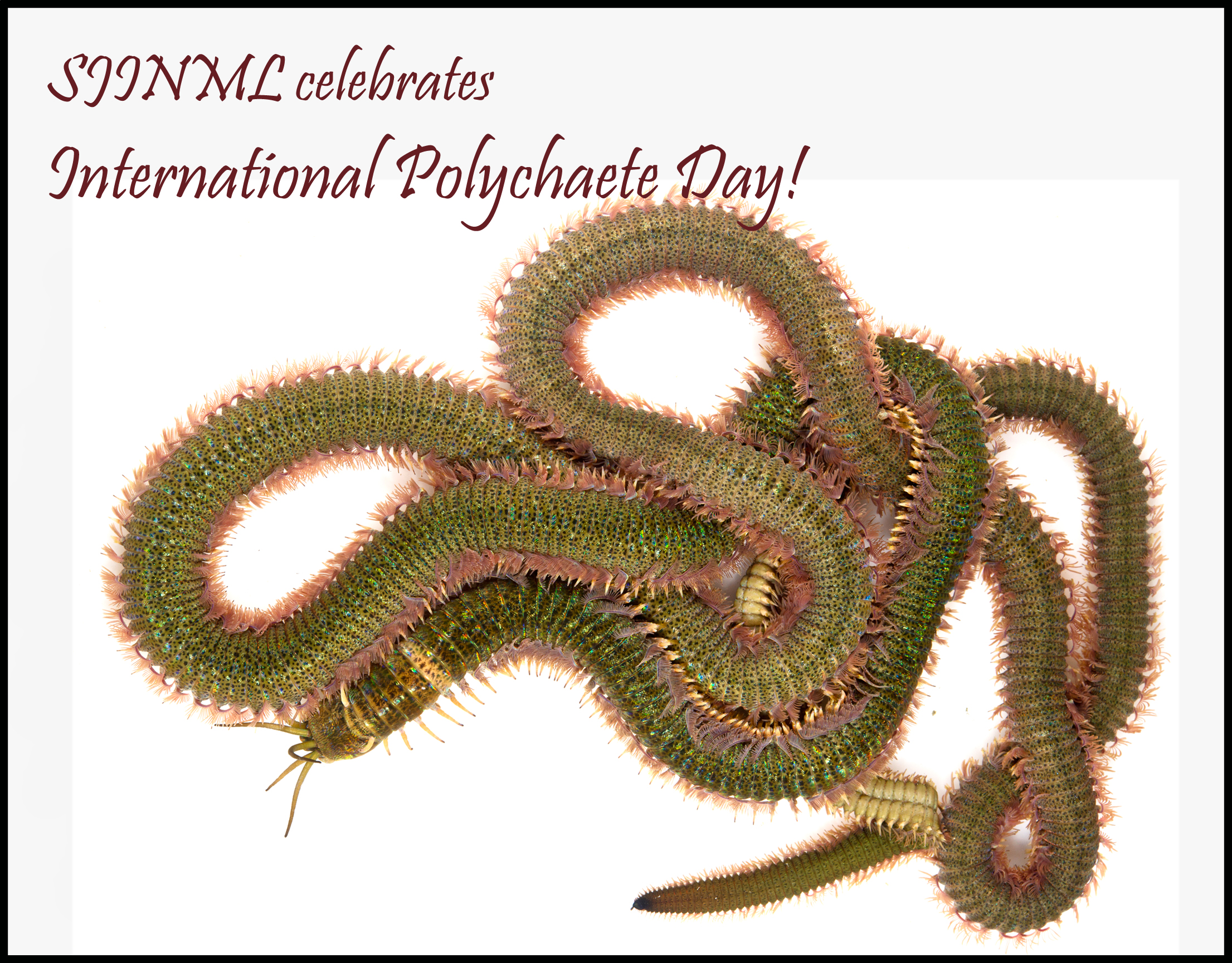
Spirobranchus kraussii tubeworm is commonly found in mangroves in Singapore and tend to form clusters. This species is a common fouling species distributed through the Indo-Pacific region, India, and South Africa. At the St John’s Island National Marine Lab, scientists are culturing S. kraussii as test organisms for various experimental works such as seeing the effects of salinity and heat stress on their survivorship.
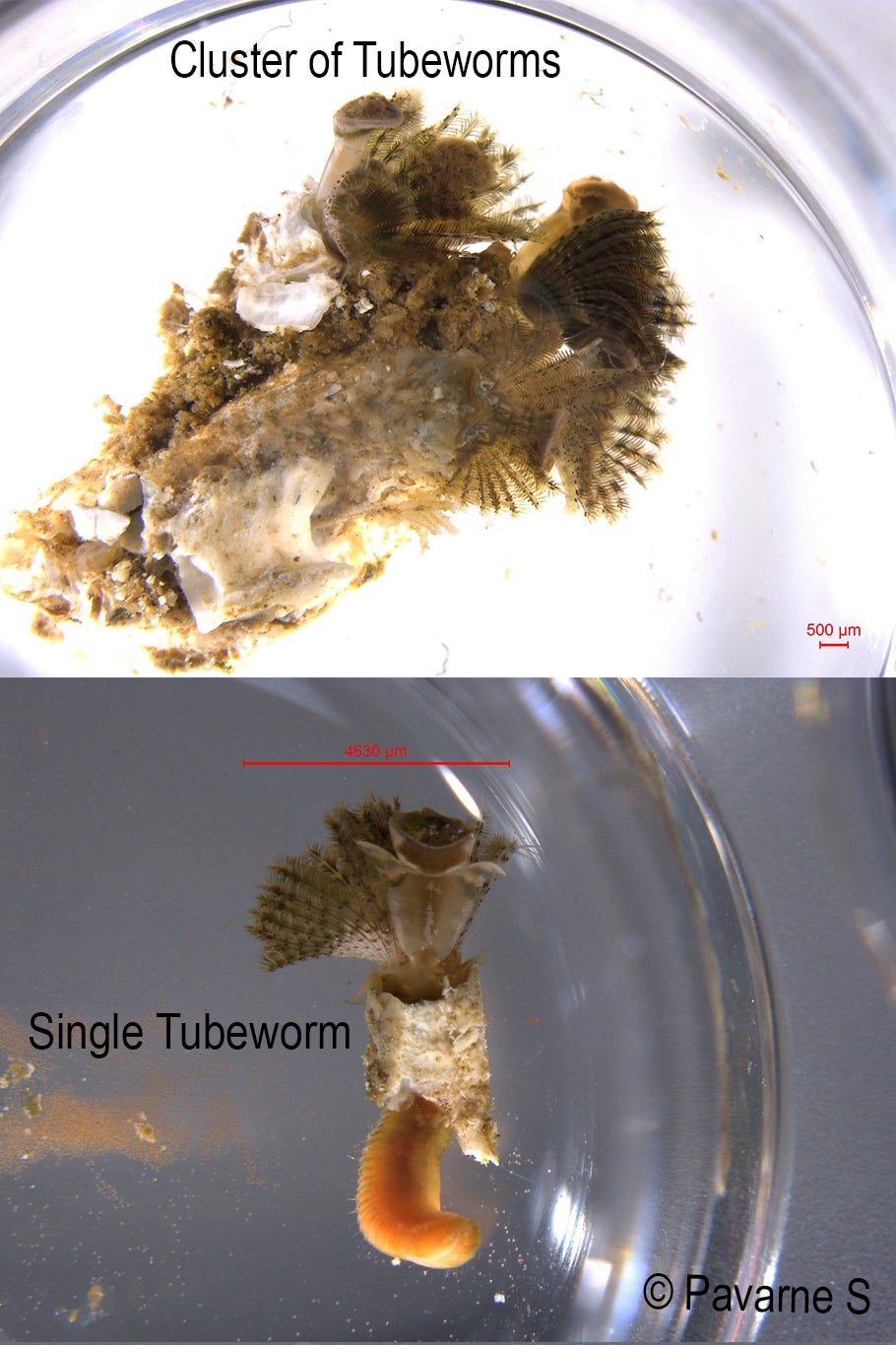

These tubeworms are relatively easy to culture as they settle easily on solid surfaces submerged in seawater. They reproduce by external fertilization. First, adult tubeworms release eggs and sperm directly into the water. The mix of eggs and sperms becomes fertilised and develop into embryos.
Click here to watch a spinning blastula at the embryonic stage, 7 hours post-fertilization). Notice how fast it spins!
One of the interesting embryonic stages is the trochophore, which sometimes looks like an upright torpedo! As the embryo grows, the cilia on the surface of the body gather predominantly to the middle, forming a centre band of cilia. Here, it can control and direct its own swimming motion!
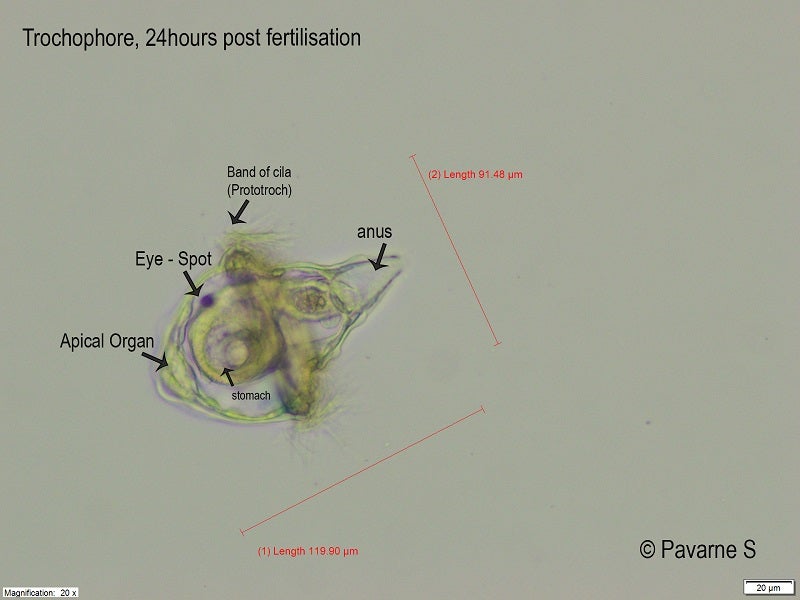
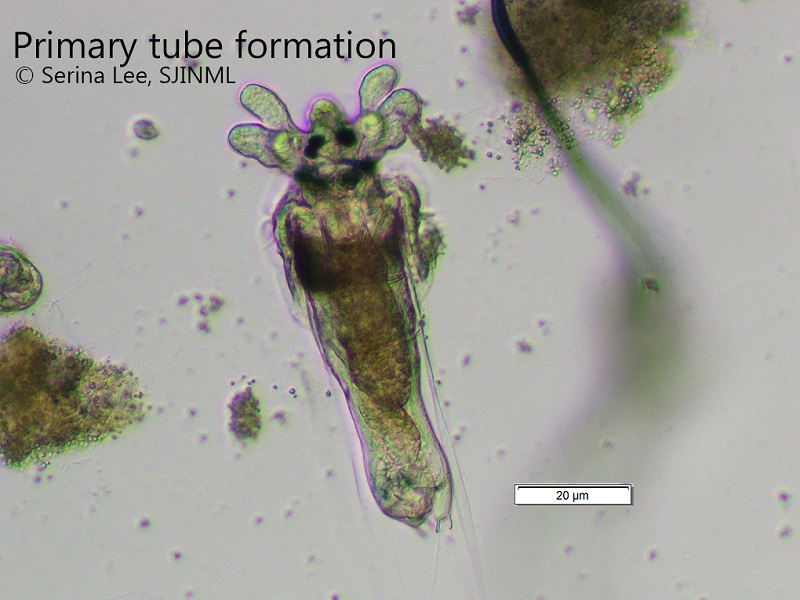
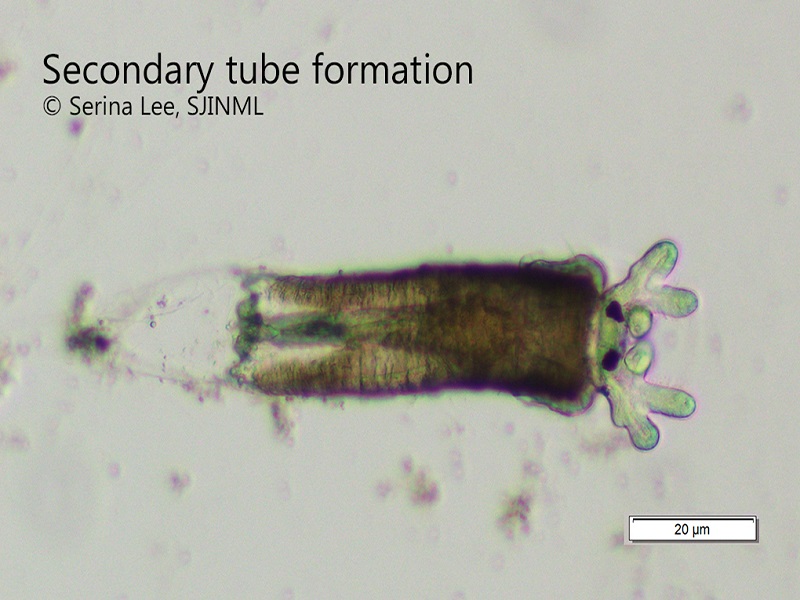
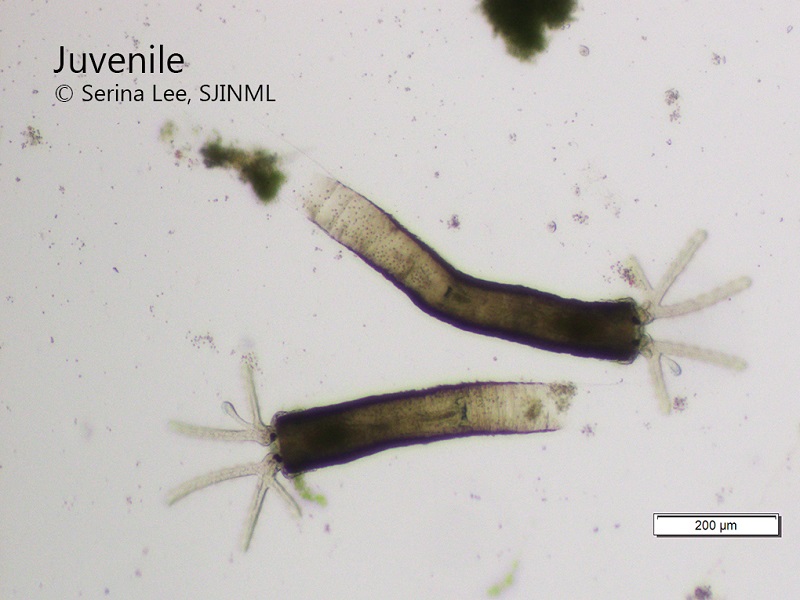
When the embryo develops into a swimming larva, it spends its subsequent growth stages in the water column. To propel itself through the water, tiny hair-like structures called cilia beat constantly to create water currents. The larva will swim freely in the water until it is ready to settle on a surface of its choice.
Under lab culture conditions, the S. kraussii larva becomes competent to settle onto substratum by Day 6. A competent larva exhibits crawling behaviour and secretes mucous thread from its posterior end. With this mucous thread, the larva attaches onto its surface of choice and immediately begins tube formation by twisting its body while secreting tube-building chemicals. Within the first hour, it forms the primary tube, which is transparent and non-calcified. In the next few hours, the calcified secondary tube becomes thick enough to conceal the body, and the larva is metamorphosed into a juvenile. It remains in the same spot as it develops into an adult and for the rest of its life.
Contributors: Pavarne Shantti Sivalingam V M and Serina Lee Siew Chen
Acknowledgement: National Research Foundation Marine Science Research and Development Programme MSRDP-P07 ‘Tropical Model Marine Organisms for Experimental Marine Science’ Project
Want to learn more about polychaetes? Watch this space and we will be back next week with more facts about biofouling polychaetes.
Follow Singapore polychaetes research on
Twitter: https://twitter.com/SPolychaetes
Follow us on


